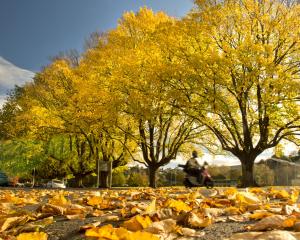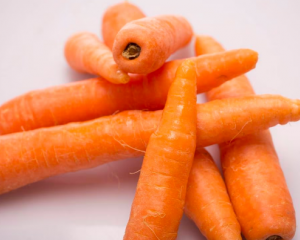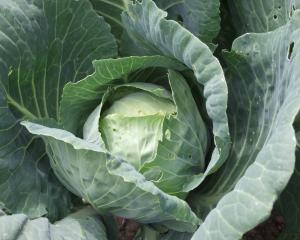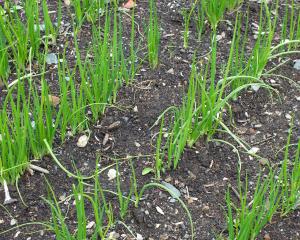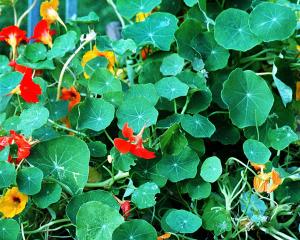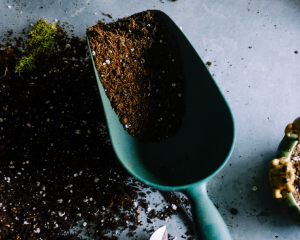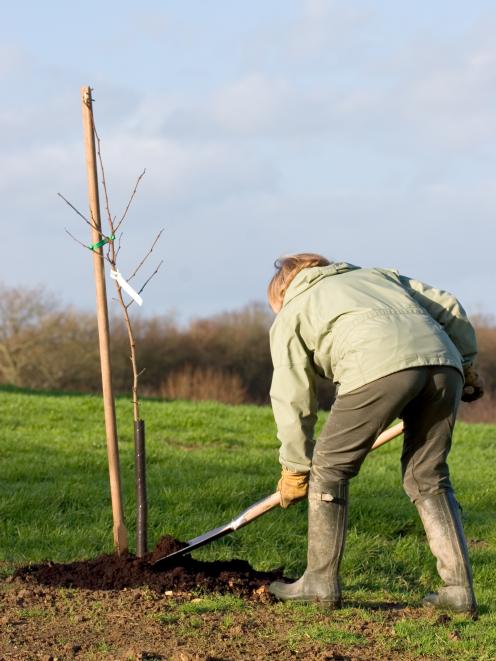
Gardeners can be seduced by mild weather at this time of year, as the temptation is to sow seeds in open ground, even though the soil is cold and wet.
Those who succumb to the lure of a warmer day or two will lose most seeds.
Main-crop carrots, parsnips, peas, beet and potatoes can wait until the end of next month to be sown.
Patience pays off later and strong, healthy plants are the reward for delaying sowing.
However, small quantities of spinach, stump-rooted carrots, hardier lettuce, mustard, cress and turnips can be sown now.
Peas and leeks can be sown under cover, for planting out later. If dwarf, quick-maturing peas (Earlicrop Massey or Novella) are sown at the same time as main-crop varieties, such as Greenfeast, a natural succession of crops will occur.
Although they are more resistant to frost if sown in autumn, broad beans can be sown now, as the seed will germinate at low temperatures. Onions can still be sown, if soil conditions allow.
Hoe around spring cabbages to stir soil hardened by winter rains. When harvesting, take every second plant at the half-grown stage so those remaining have more space to mature.
Spinach likes plenty of organic matter in the soil. When preparing the ground for this crop,work in compost at the rate of a 10-litre bucketful per sq m. Summer spinach can be sown from now on, but choose a warm spot.
New Zealand spinach (Tetragonia expansa), which is not a true spinach, grows best in the hottest, driest months of the year. Frost-tender, its seed should not be sown until October.
The plants spread quickly and trailing growths eventually form a clump of succulent shoots. Allow plenty of space, as each plant will grow 60cm or more in diameter. It remains ready for use until next winter's frosts. It is recommended that New Zealand spinach be cooked before eating.
Flowers
Chrysanthemums can be grown from cuttings taken now or by splitting the plants next month and growing the rooted pieces in the open garden.
For cuttings, slice stems immediately below a leaf joint with a sharp knife. Plant in sandy soil and keep sheltered for a few weeks. Propagation can be encouraged by dipping the stems in rooting hormone before planting.
Rock gardens deserve attention before spring flowering starts. Remove any dead foliage and stems, then work gritty soil into any gaps, pressing down plants lifted by frost.
Early camellias and rhododendrons will be starting to flower, a welcome successor to small bulbs such as snowdrops (Galanthus) and Iris reticulata.
Slugs can be a menace in spring, so check for them under spreading plants. Drop any found in a bucket of boiling water, the most environmentally friendly way to kill them.
Fruit
Ground prepared in autumn for fruit tree planting should be in perfect order for putting in young trees. They are best planted by the end of this month but if the soil is very wet, wait a week or two.
Do not let grass grow up to the stem of a fruit tree - keep an area of clear soil around the base. To prevent codling moth (Cydia pomonella), which attacks walnuts, pears and apples, a codling moth pheromone trap that lures the male moths to its sticky pad can be used. Comfrey is sometimes grown under fruit trees to reduce codling moth. The herb is cut two or three times a year and left on the ground to rot.
Apple and pear trees' root action will suffer if drainage is poor, so check by digging a circular trench, just clear of the root area. If water collects in it, dig another leading off it from the lowest point. Fill the trench with drainage material, such as broken bricks, then cover with a thin layer of soil.
Hard pruning will encourage fresh growth in fruit trees. Cut back the main leaders to two-year or older wood. Rub off any fruit buds. Reduce the spurs, especially if stunted, by half. A few can be cut back flush with the parent branch. Cover every cut with pruning paste. This is vital to prevent disease. Do not leave prunings on the ground.
A mulch of well-rotted manure spread over the entire root area of the tree will give it a boost.


